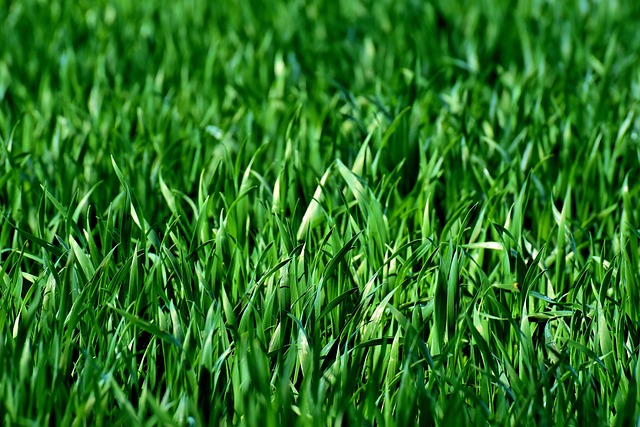Lawn fungus threats in Castle Pines' utility easements require proactive vegetation management. By addressing damp conditions and poor air circulation, monitoring for infections, and using targeted fungicides, mowing practices, and drought-resistant plants, residents can maintain healthy turf, prevent root rot, protect infrastructure, and preserve ecosystem balance, ultimately safeguarding property values.
In the lush landscape of Castle Pines, maintaining healthy lawn vegetation is essential. However, fungal infections pose a significant threat, causing visible damage and underlying issues. This article delves into the intricate world of lawn fungus prevention, specifically focusing on strategies for managing vegetation in utility easements. We explore the causes and impact of common lawn fungi and present effective management techniques tailored to Castle Pines’ specific environmental considerations. By implementing these systems, homeowners and professionals can safeguard their lawns and ensure vibrant, healthy growth.
- Understanding Lawn Fungus: Causes and Impact
- Effective Vegetation Management Strategies
- Implementing Prevention Systems for Easements
Understanding Lawn Fungus: Causes and Impact

Lawn fungus, often an invisible menace, can wreak havoc on your lush green yard. Understanding its causes and impact is the first step in implementing effective prevention strategies, especially in areas like Castle Pines where proper vegetation management for utility easements is crucial. Fungal growth thrives in specific conditions—damp environments with poor air circulation—making it prevalent in shaded areas or during prolonged wet periods.
The effects of lawn fungus range from unsightly patches of dead grass to more severe issues, such as root rot and weakened turf structure. If left untreated, it can lead to a decline in overall lawn health, increasing vulnerability to pests and other environmental stressors. Effective prevention involves regular monitoring, proper watering practices, adequate air circulation, and efficient vegetation management, ensuring Castle Pines’ utility easements remain healthy and well-maintained.
Effective Vegetation Management Strategies

Effective Vegetation management is crucial for maintaining healthy utility easements, especially in densely vegetated areas like Castle Pines. Regular maintenance involves a combination of strategies tailored to the specific challenges of the region. One key approach is selective herbicide application, focusing on targeted control of unwanted plants while promoting the growth of native species that are less prone to attract fungus.
Additionally, proper mowing practices play a significant role. Adjusting mower heights and avoiding close trimming helps minimize stress on grass blades, fostering resilience against fungal infections. Regular monitoring for early signs of fungus or pest infestations enables proactive treatment, preventing small issues from escalating into larger problems. These integrated vegetation management strategies not only maintain the aesthetics of Castle Pines’ utility easements but also contribute to the overall health and sustainability of the local ecosystem.
Implementing Prevention Systems for Easements

Implementing prevention systems for vegetation management in utility easements, such as those found in Castle Pines, is a proactive approach to maintaining a healthy and controlled landscape. These systems are designed to safeguard the integrity of critical infrastructure while ensuring the aesthetics and value of surrounding properties. By adopting specialized strategies, homeowners associations, property managers, and local governments can effectively prevent fungal outbreaks that often plague lawns and landscaping in dense, lush environments.
Regular monitoring, quick response to potential issues, and the use of fungicides tailored for specific challenges are key components. Additionally, proper watering practices, including targeted irrigation and drought-resistant plant selections, play a significant role in fungus prevention. Integrating these measures into maintenance routines not only protects against fungal infections but also promotes overall ecosystem balance and resilience.
In implementing effective vegetation management strategies, particularly focusing on prevention systems for utility easements in Castle Pines, residents and maintenance professionals can significantly mitigate the risk of lawn fungus. By understanding the causes and impact of fungal infections, and adopting proactive measures, the lush green landscapes of Castle Pines can be preserved. These methods not only ensure the health of lawns but also contribute to a sustainable and aesthetically pleasing community environment.
